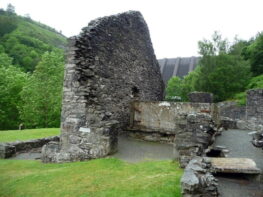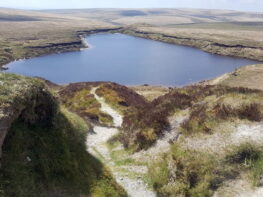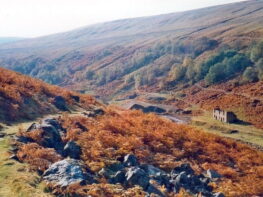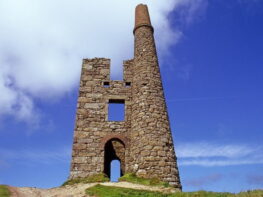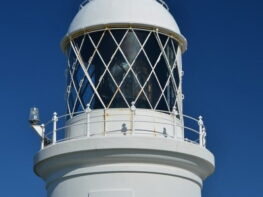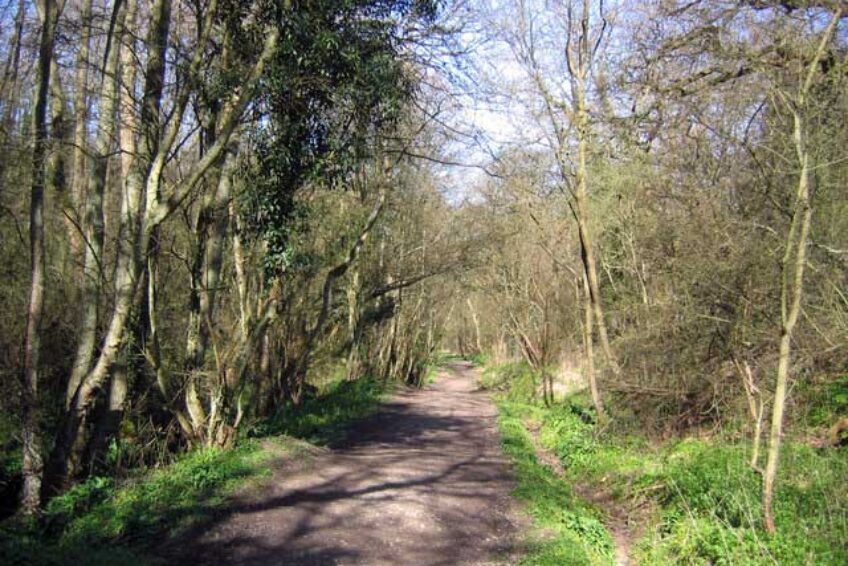
Goathland Incline in the Esk Valley, was opened as part of the Whitby and Pickering Railway in 1836.
It is also known as the Beckhole Incline.
George Stephenson’s Railway cut right through the middle of the valley and the carriages were initially horse-drawn but the steep gradient of the incline between Beck Hole and Goathland could only be overcome by pulling the carriages up on a system of wire ropes.
The Goathland Incline was self-acting, with the descending traffic providing the motive force to raise the ascending traffic. The descending coach or wagons was given additional weight by means of a wheeled water butt, which was filled before descending, then drained at the bottom and returned to the top with the next ascending load.
The machinery for working the inclined plane was obtained from Robert Stephenson.
Steam was introduced in 1845, but trains still had to negotiate the incline using winches, until a fatal accident in 1864 prompted the re-routing of the line to it’s present course.
By 1857 the industrial revolution had dawned. Coal and Ironstone mining was soon underway, and two blast furnaces beside the river produced pig-iron to be sent off to Whitby.
The station closed with the opening of the NER’s Deviation line in 1865. Thus the station had a life of less than 30 years!
Very little of the station site with its winches, engine house and turntable pit can been seen today, so we rely on the interpretation provided by the North Yorks Moors team and the ‘Historic Rail Trail’. There is however, a grade II listed Incline Cottage, now privately owned and used as a private residence as proof of the activities that once took place here.
Goathland, North Yorks
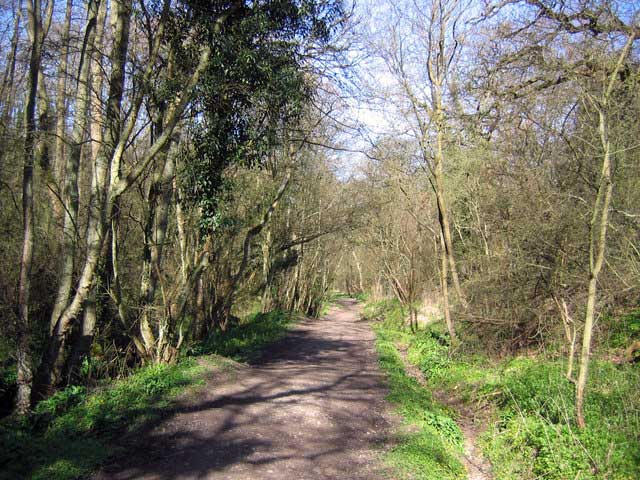
Goathland Incline in the Esk Valley, was opened as part of the Whitby and Pickering Railway in 1836.
It is also known as the Beckhole Incline.
George Stephenson’s Railway cut right through the middle of the valley and the carriages were initially horse-drawn but the steep gradient of the incline between Beck Hole and Goathland could only be overcome by pulling the carriages up on a system of wire ropes.
The Goathland Incline was self-acting, with the descending traffic providing the motive force to raise the ascending traffic. The descending coach or wagons was given additional weight by means of a wheeled water butt, which was filled before descending, then drained at the bottom and returned to the top with the next ascending load.
The machinery for working the inclined plane was obtained from Robert Stephenson.
Steam was introduced in 1845, but trains still had to negotiate the incline using winches, until a fatal accident in 1864 prompted the re-routing of the line to it’s present course.
By 1857 the industrial revolution had dawned. Coal and Ironstone mining was soon underway, and two blast furnaces beside the river produced pig-iron to be sent off to Whitby.
The station closed with the opening of the NER’s Deviation line in 1865. Thus the station had a life of less than 30 years!
Very little of the station site with its winches, engine house and turntable pit can been seen today, so we rely on the interpretation provided by the North Yorks Moors team and the ‘Historic Rail Trail’. There is however, a grade II listed Incline Cottage, now privately owned and used as a private residence as proof of the activities that once took place here.
Goathland, North Yorks


